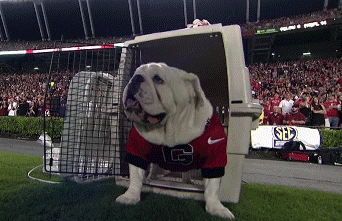It really isn't. BCS decided a number 1 and number 2 team in the country, and those two teams played in a National championship game to decide who would be MNC.
This is a vast improvement on the silly bullshit system we had before.
You're right. The top two BCS teams played for the MNC every year, but there has been quite a few years where the top two BCS teams were not a consensus 1 and 2.
2000: Florida State, Miami, and Washington all finished the regular season with 1 loss. Florida State lost to Miami, and Miami lost to Washington, yet Florida State was chosen as #2 to face undefeated Oklahoma
2001: 11-1 Nebraska gets in over Oregon, despite Nebraska not winning their division (lost to Colorado in last week of season), and 10-1 Oregon winning the Pac-10
2003: This is probably the most controversial of them all, and it led to the AP removing themselves from the BCS formula after the 2004 season. This season also produced the only split national championship during the BCS era. USC, LSU, and Oklahoma were the only AQ teams to finish the regular season with 1 loss. USC was ranked #1 by both the AP and Coahces poll, yet BCS placed them #3 behind LSU and Oklahoma. LSU and USC went on to win their bowl games, and USC remained #1 in the AP poll, while the coaches poll was obligated to vote LSU #1 in their poll as dictated by the BCS.
These are probably the most egregious controversies that the BCS has had. One thing to note, is that after every one of these controversies, the BCS changed its formula, finally cementing its formula in 2004 (with the exception of the Harris poll replacing the AP poll). Additionally, if you were to apply the 2004 formula to the 2000, 2001, and 2003 years, then the top two teams from each of those years would have been:
2000: 1 Oklahoma, 2 Miami
2001: 1 Miami, 2 Oregon
2003: 1 USC, 2 LSU



